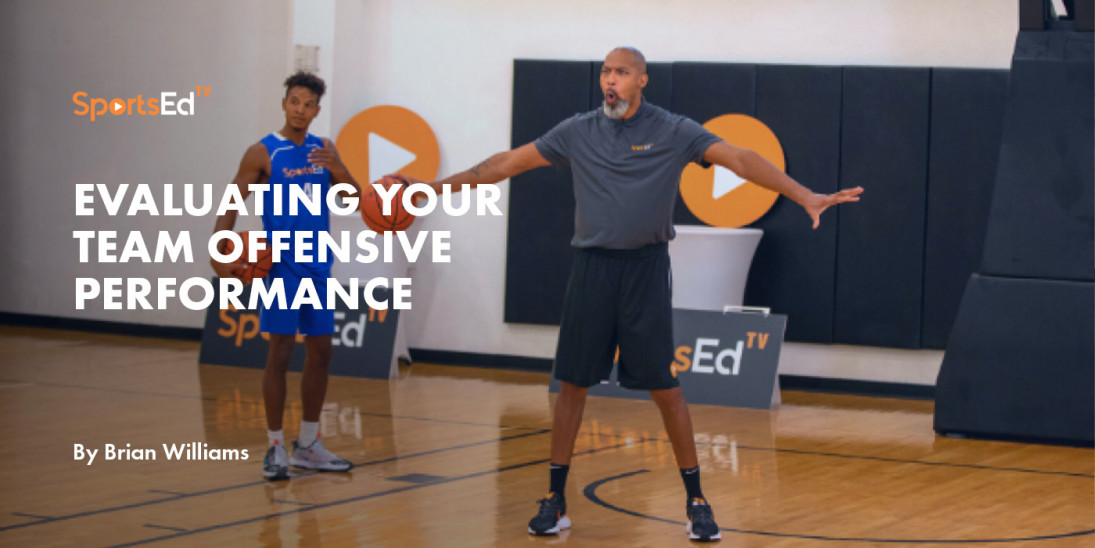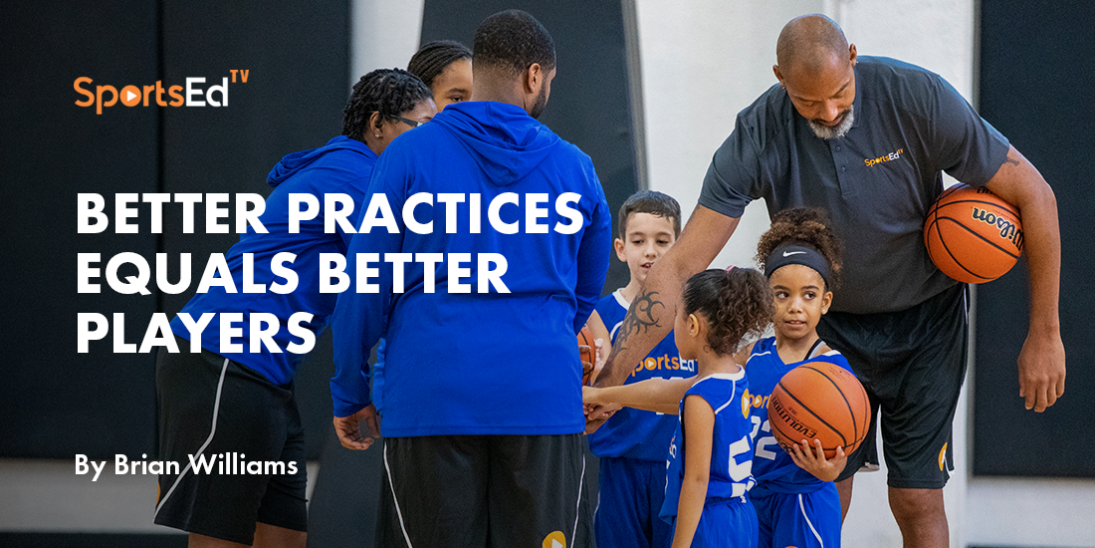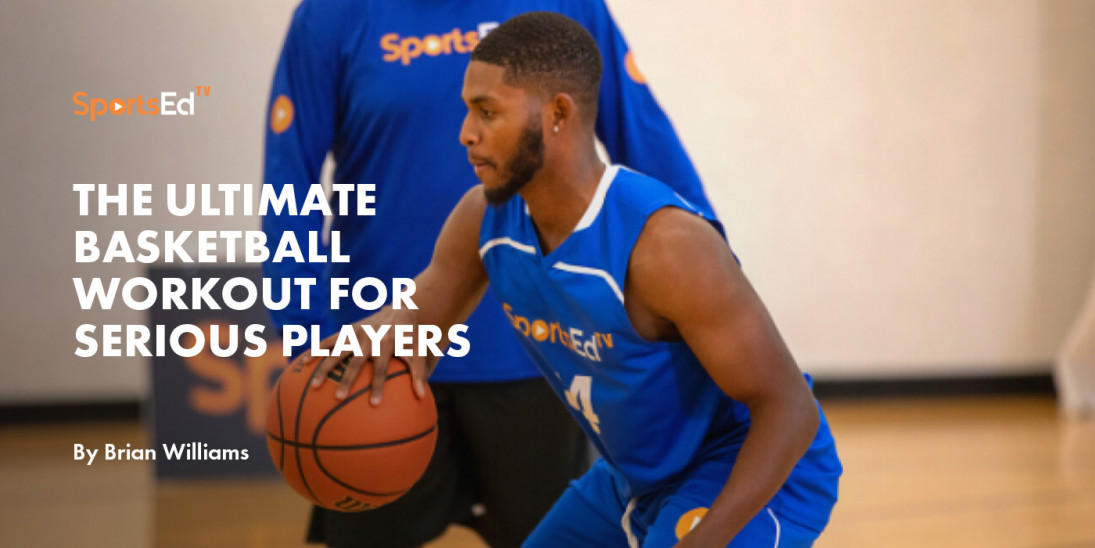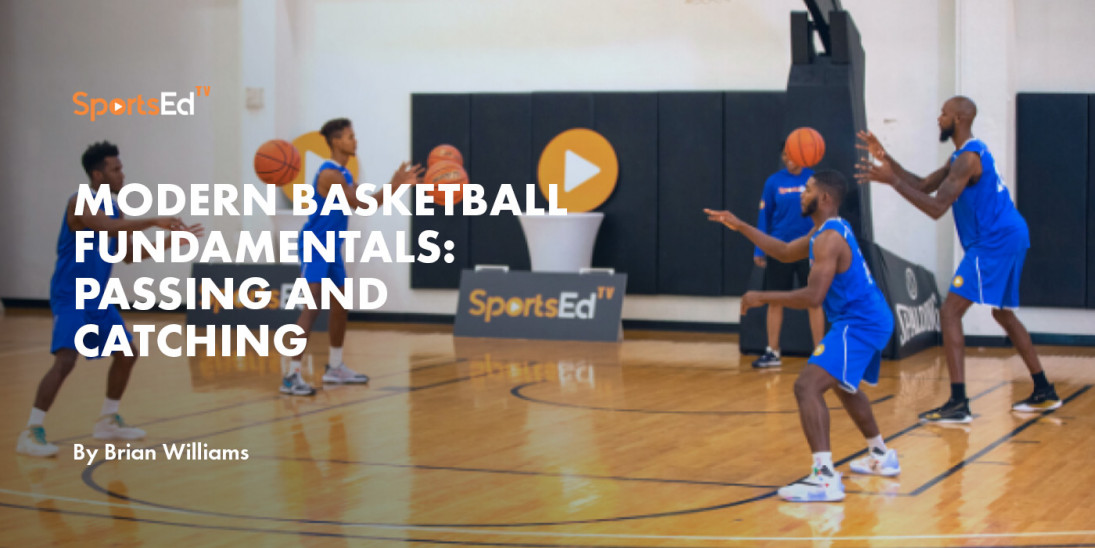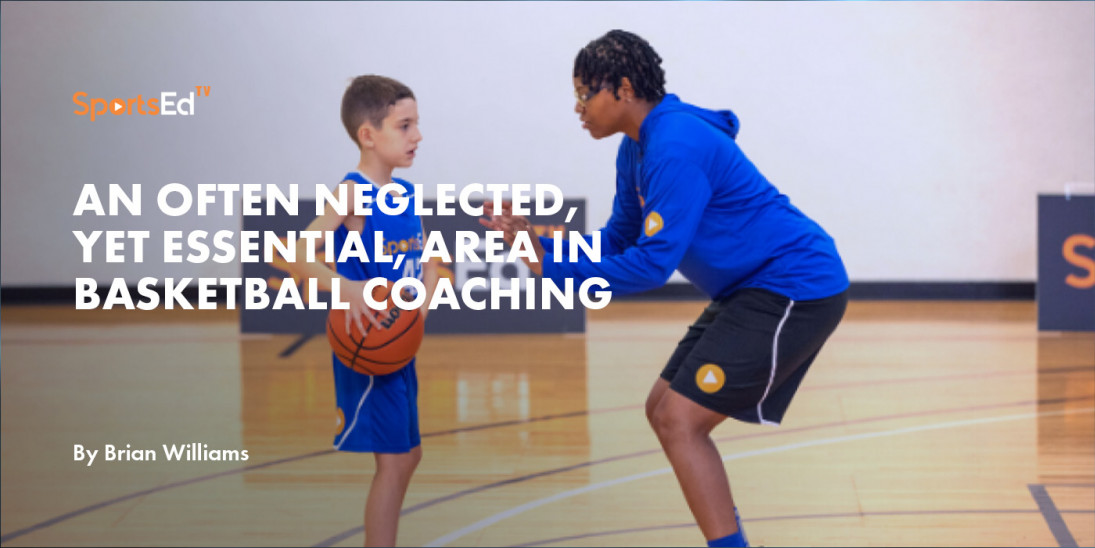Basketball
Welcome and thanks for visiting...

You Can Never Do Too Much of This One Basketball Skill
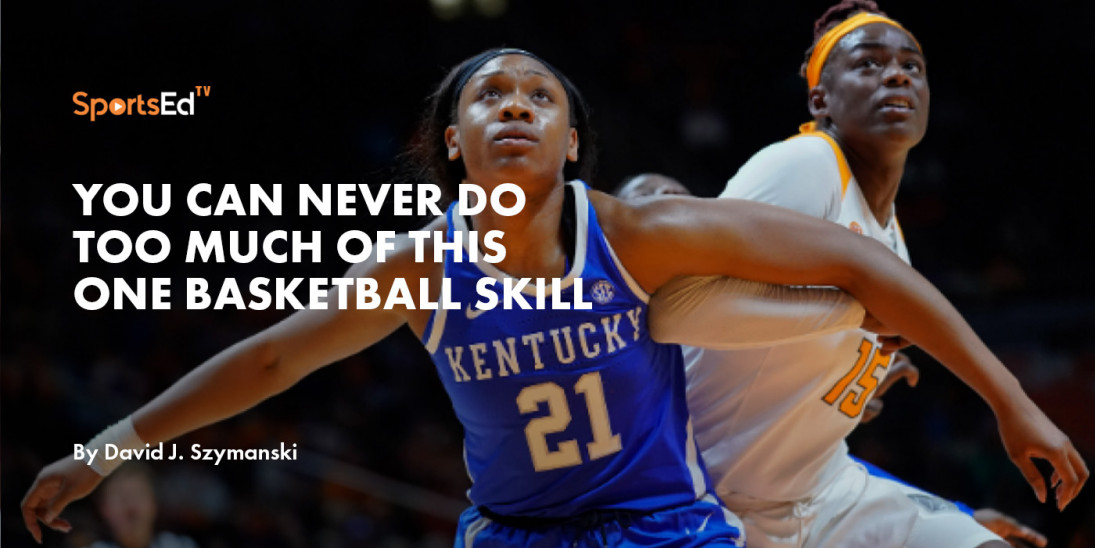
What is one skill in basketball that you can’t do too much of at both ends?
What is the one thing that you can’t do too much of during a basketball game at both ends?
Is it shooting? No! We have all seen players who aren’t good shooters, but yet keep shooting (and missing!). Is it dribbling? No! Players who dribble too much and dominate the ball are no fun to have on your team. Is it passing? Nope. You can definitely pass too much if you pass instead of taking an open high percentage shot, or try to throw passes that are risky with a low chance of getting through.
And yes, while you should always play defense, my question was what skill at both ends, remember!
The answer is that rebounding is the skill at both ends that you cannot do too much of. To be a truly great defensive team, you must not allow the offense to rebound their missed shots to try another shot. And, on offense anytime you can get a rebound of a shot that your teammate misses, you give your team another opportunity to score.
Have you ever heard a coach tell a player she is rebounding too much? Not on your life!
Unless you are a part of a team, it is difficult to practice rebounding on your own. But, it is not hard to understand and develop the intangibles to become the best rebounder that your body will allow you to be.
A Burning Desire to Rebounds
Rebounding really starts with something as seemingly simple as desire, but it must be a burning desire to rebound. Great rebounders think that every shot that is taken will end up being a rebound for them. Think about it, there are 10 players on the floor at the same time. To be a great rebounder, you have to believe that you are going to get more than your share of rebounds. Just don’t fight your teammates for rebounds!
Rebound Anticipation
A great rebounder thinks every shot taken, either by her opponents or her teammates, is going to a miss, no matter whether you on offense or on defense. You have to work for rebound positioning when the ball is released from the shooter’s hand. If you wait until the shot misses, that is too late because the good players are already fighting for the next important aspect of rebounding. And, that is….
Rebound Position
Getting rebounding position is not easy, but is essential. And, once you get the positioning that you want, you are going to have to work very hard to hold your position as your opponents fight to out-position you for themselves.
Anticipating where the ball will land as it comes off the rim is both part science and part feel. Most missed shots that hit the rim (that are not air balls) go in a direction away from the shooter. In other words, shots taken from the side have a tendency to bounce to the opposite side. You will also develop a feel for where the rebounds will go for the players that you play with. A lot of the ability to be able to anticipate where the rebound will go is developed from playing a lot and focusing on rebounding. Dennis Rodman, one of the best rebounders of all time, would study how the ball would come off the rim when various shooters that he played against missed.
On both offense and defense, make sure you are out in front of the rim and not under it when you work to get rebounding position. If you are under the basket, the only rebounds you get are rebounds from made shots, and those don’t count as actual rebounds, and they do not help your team.
Rebounding Toughness (Both Mental and Physical Toughness)
In our section on anticipation, we mentioned believing that every shot will be missed. It takes a high levels of mental toughness to be consistently ready to and willing to rebound every shot on every possession, and at both ends of the floor. The best offensive rebounders crash the offensive boards to get inside position as soon as the ball is shot EVERY TIME. The best defensive rebounders “block out” the player that they are guarding every time their opponents shoot the basketball.
A blockout means that you turn your back on the player you are guarding, back into them until you make contact, and put your hands up. All that has to go on while you are turning to look at the basketball. If the player tries to move around you for positioning, you have to slide your feet and hold your blockout positioning. You are going to have to put your backside up against your opponent’s front side.
Blocking out is basically putting your body in between the basketball and the player you are guarding so that they can’t go straight to the ball and get the rebound. Once you see the ball and have blockout position, you have to go after it with two hands and with all of your determination! Regardless of your physical size compared to the player that you are guarding, you can help your team by blocking out. Even if you don’t get the rebound, you are helping your team if you make sure that your opponent doesn’t get it either.
When you are on offense, refuse to be blocked out. As you attack the offensive glass, attack gaps. Don’t attack the back of the player attempting to block you out. When you are blocked out, you need to make an immediate lateral move until you can get into a gap.
Many times the rebound is not immediately secured by any player. The ball can bounce off fingers, slip through hands—those fingers and hands may even be your own. Average rebounders give a second effort to get the rebound. Great rebounders give second, third, fourth, and however many efforts it takes to be able to secure possession of the ball for their team.
Players who are consistently good rebounders expect and welcome contact. You cannot let the physical nature of fighting for rebounds get under your skin. Bodies hitting each other will always be there near the basket. Many times you might even feel that there is enough contact for the ref to call a foul and they won’t.
You can’t take any of that personally. Know right now that you will be elbowed, shoved, pushed, and probably knocked to the floor at times as you fight for rebounding position. That's the nature of rebounding. Ninety-nine percent of the time, your opponent is not going to be trying to hurt you by being physical. They are just doing the best they can to get the rebound. One hundred percent of the time, the referee is not trying to cheat you. But, they are human and will miss some calls. You can’t let worrying about either of those things take your focus off your job of rebounding.
Rebound Smart
Temper your rebounding relentlessness with intelligence. You have to learn to know when to go after the basketball and when to let it go. There are times that no matter much determination, position, and toughness you have, you will not get the rebound. You do not help your team by picking up an over the back rebounding foul or trying to reach in to steal a rebound that an opponent has secured and then picking up a cheap foul.
Another part of rebounding smart is knowing what to do with the ball once you get the rebound. If you just took an offensive rebound work to get a GOOD shot back up at the basket. You will have a temporary advantage because your opponent was just working for the rebound and will not have re-established their defensive positioning. Taking an off-balance shot or a shot that has a high likelihood of being blocked, wastes your rebound.
If you aren’t in a position to get a good shot up, quickly scan the court to see if any of your teammates are open. Offensive rebounds are a great momentum “getter” for your team. They deflate the defense and help the player who missed the shot to “forget” the miss because your team still has the ball.
If you just took a defensive rebound, lift the ball up under your chin and turn and face the opposite end of the floor. You have to keep two hands on the basketball and hold it as tight as you can. Players on the other team will still be coming after the ball. If you are not a player who is allowed to bring the ball up the floor, then find a player who is a good dribbler as quickly as you can. Make sure to make a safe and solid pass to that player.
On defense, you don’t want to tip the ball on rebounds, but on offense, if you can’t grab the ball in traffic, tipping it to keep it alive for one of your opponents to get is a good play. Then, you or a teammate can make another effort to grab the ball.
Now, go get em!
I hope that you have learned that there is much more to rebounding than height, strength and jumping ability. While those physical attributes certainly help you to rebound, just because you have them does not mean that you will automatically be a good rebounder. However, if you are blessed with size, strength, and can leap quickly, then there is no excuse for not being a great rebounder!
At the same time, just because you don’t have above average physical gifts doesn’t mean that you can’t be an effective rebounder. If you are small in size and have average “hops” you can still contribute to your team’s rebounding execution with your intelligence and relentless desire to pursue the ball. The most important factors in being a great rebounder are toughness, positioning, and an extraordinary burning desire to pursue and possess the basketball. Go for it!

